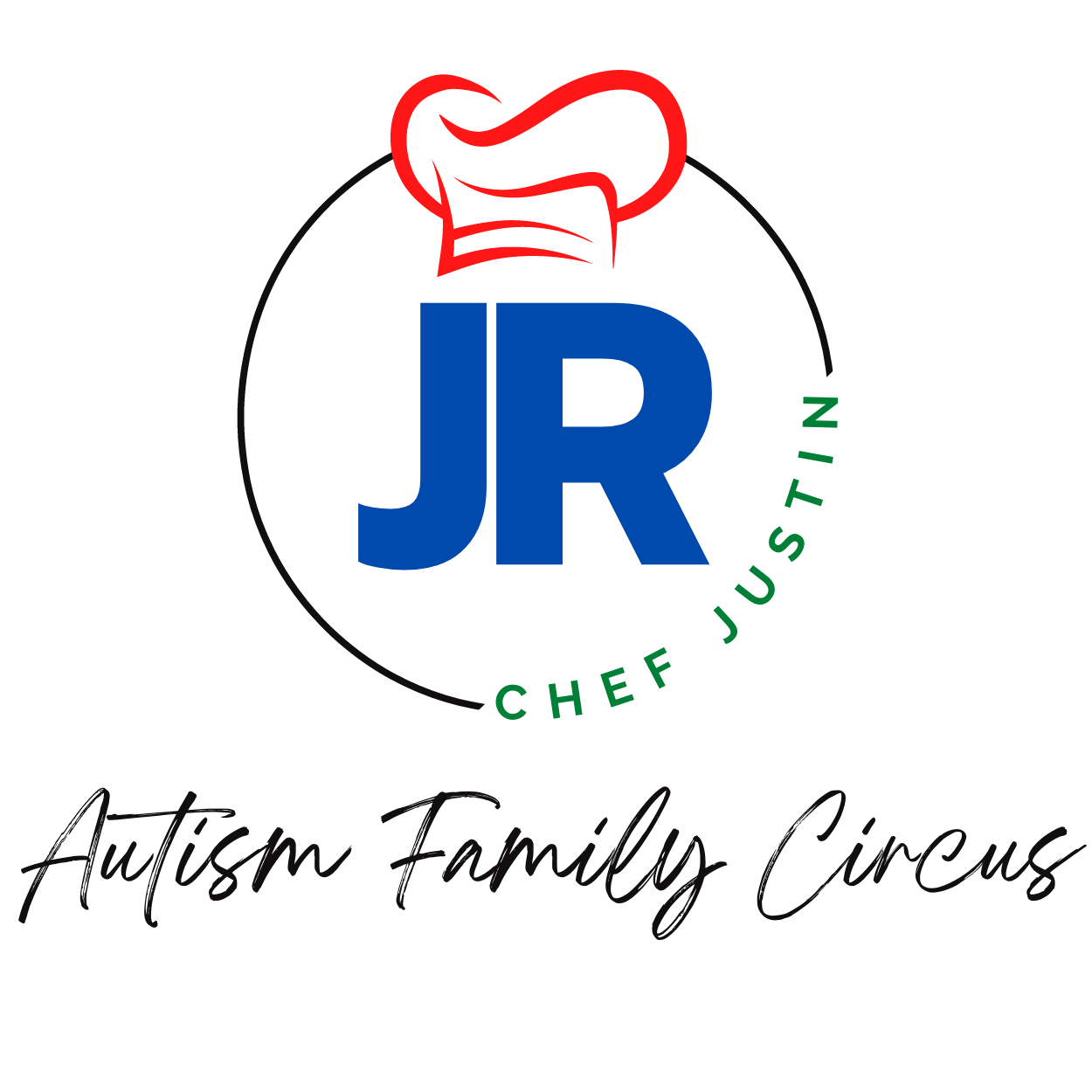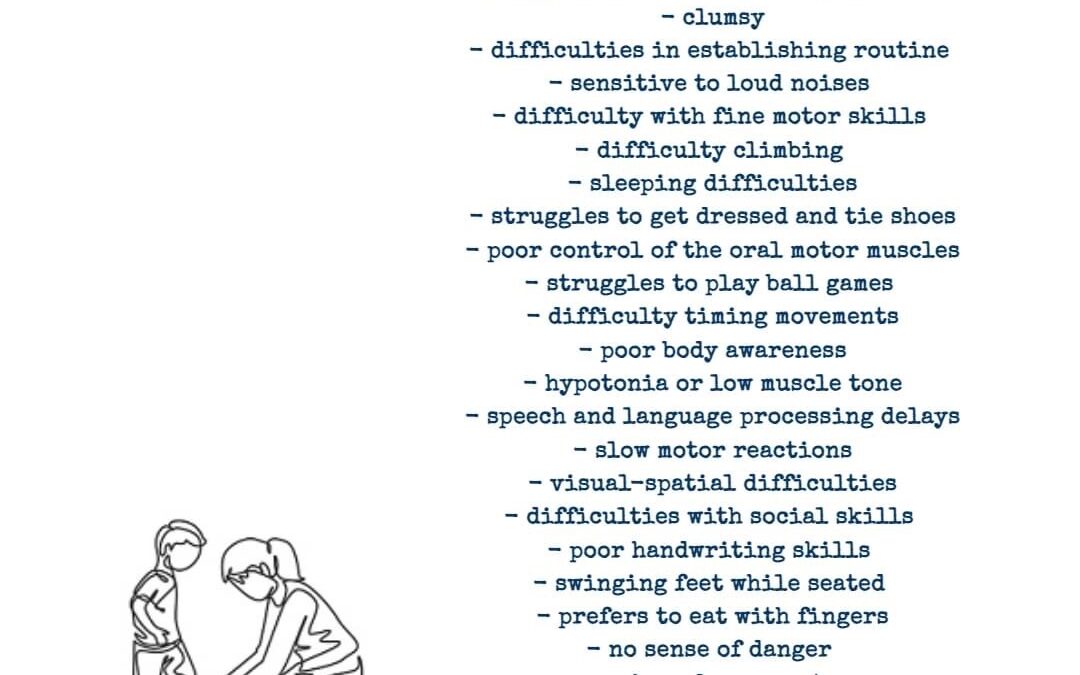Dyspraxia in Children and Adults with Autism: Understanding the Motor ChallengesThis was Justin’s first autism diagnosis.Dyspraxia, also known as developmental coordination disorder (DCD), is a neurodevelopmental disorder that affects a person’s ability to plan and execute coordinated movements. When dyspraxia coexists with autism spectrum disorder (ASD), it can present unique challenges for individuals of all ages. This article aims to explore the relationship between dyspraxia and autism, highlighting the overlapping difficulties they face and potential strategies for support.Children and adults with both dyspraxia and autism often struggle with various aspects of motor skills. Dyspraxia can affect a person’s ability to perform tasks that require coordination, such as tying shoelaces, using utensils, or participating in sports. Similarly, individuals with autism may have difficulties with motor planning, coordination, and body awareness, which can impact their ability to engage in everyday activities. These overlapping challenges can make it particularly challenging for individuals to develop and maintain motor skills, leading to frustration and a negative impact on their daily functioning.Sensory processing difficulties also play a significant role in the motor challenges faced by individuals with dyspraxia and autism. Many individuals with autism have sensory sensitivities, such as difficulties with proprioception (awareness of body position) or sensitivity to certain textures or sounds. These sensitivities can make it difficult for them to engage in activities that require precise motor control or coordination. Additionally, difficulties with executive functioning, which are common in both dyspraxia and autism, can further hinder their ability to plan and organize their movements.The social and emotional impact of dyspraxia and autism should not be overlooked. Individuals with these co-occurring conditions may experience feelings of frustration, low self-esteem, and anxiety related to their difficulties with motor skills. They may also face challenges in social interactions, as their peers may not fully understand or accommodate their unique motor needs. It is crucial for parents, educators, and healthcare professionals to provide appropriate support and create inclusive environments that foster their overall well-being.When supporting individuals with dyspraxia and autism, a multidisciplinary approach is essential. Collaboration between parents, teachers, occupational therapists, and psychologists can help develop individualized strategies to address their specific needs. Some effective interventions may include:1. Occupational therapy: Working with an occupational therapist can help individuals improve their motor planning, coordination, and body awareness through targeted exercises and activities.2. Sensory integration therapy: Engaging in sensory integration therapy can help individuals

